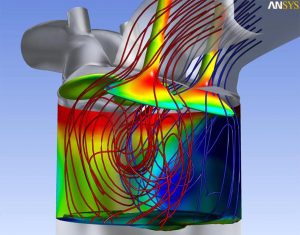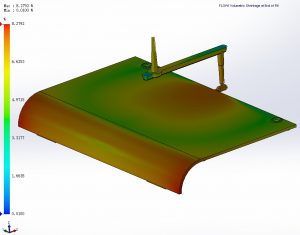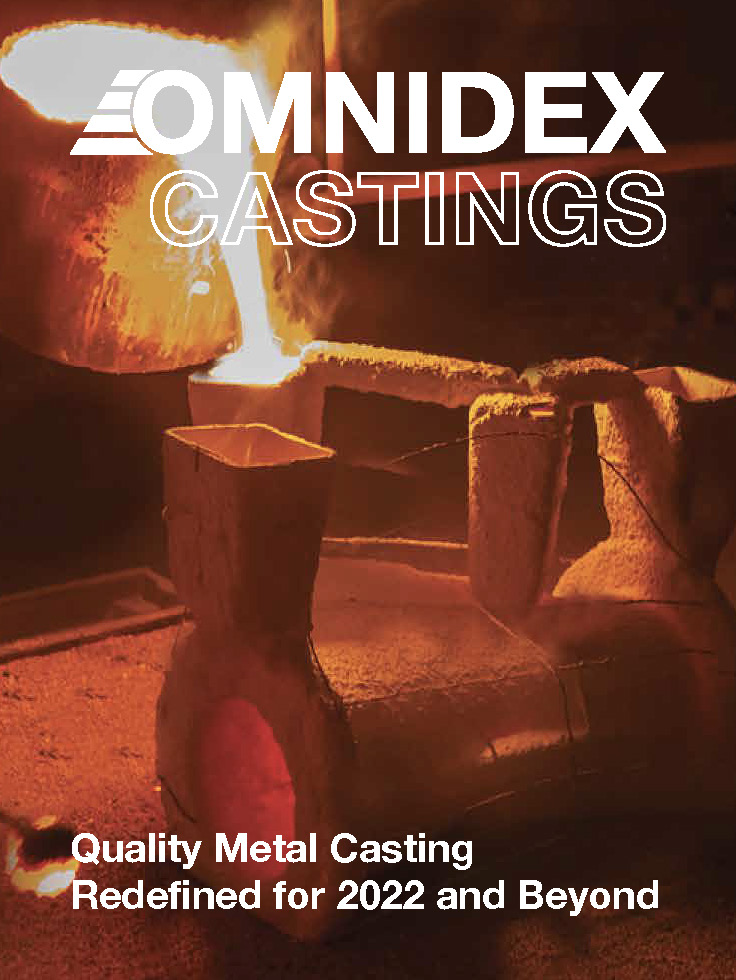
We are always ready to help with your latest project.
Contact our Customer Service and let us know how we can help to catapult your next project to success.
Cast product rejections due to casting defects would certainly rank among the worst nightmares of sand casting engineers, and they are of vital importance for casting quality.
In today’s competitive marketplace, the modern metal forming industry has taken full advantage of the advanced techniques available. Solidification modelling illustrates a phase change phenomenon that is both incredibly complicated and very important in many fields of engineering and manufacturing. It also plays a critical role in automotive and aerospace applications.
During sand casting process, when the molten metal is poured into a mold cavity, it solidifies and releases heat into the mold cavity. As the metal shrinks, an air gap is created between the cast and the mold. An air gap can obstruct heat flow from a cast to a mold, and is, therefore, one of the moving boundary conditions to be considered when running a casting simulation. Various parameters contribute to the quality of the casting during the simulation of a solidification process.
Sub-standard products with sand casting defects and quality issues have always been a major concern in the casting industry. Defects lead to poor quality of cast products, production delays, financial losses, etc. These issues can be avoided if casting designs are properly tested and optimised prior to mold production.
For those not familiar with the cutting-edge technology in metal casting, predicting casting defects may sound far-fetched.
The traditional method used by casting engineers to calculate aluminium solidification rates, shrinkage, and how much material is needed relies heavily on tacit knowledge. A prototype and parameter refinement process had to be iterated to test these calculations, a process that could be quite time-consuming and expensive.
However, in recent years advanced simulation software is giving the casting industry a competitive edge. Using casting simulation software has enabled us to predict potential issues in sand casting, particularly in the metal solidification stage when defects are most likely to appear on the casting pieces.


It is difficult to model, simulate, and analyze the solidification process without the use of specialized software such as Moldflow and ANSYS.
By using casting simulation software, engineers can see how their designs cast in real life, which can reduce prototype testing requirements and allow engineers to study and map the heat flow within the substrate and form the metal to the mold, and simulate the solidification process in progression. This enables visualization and mapping of the different heating zones within the casting that affect product quality.
With the advent of this software, the industrial sector is now using it to reduce development time and cost, and improve the durability and integrity of casting components, elements that are of utmost importance to customers. By streamlining the development process and reducing scrap and waste, also benefits the environment.
To summarize:
At Omnidex Castings, our engineers and technical experts operate at the forefront of technology and evaluate the latest developments in casting simulation software to see how we can further enhance our solidification, manufacturing processes and existing application development.
This approach is proving successful in reducing developmental costs, improving material utilization, minimizing casting defects, and streamlining our developmental phase.
Omnidex has a long-standing reputation for high-quality casting, we are always enhancing our operational capabilities through continuous investment in new technologies.
mechanical properties
Omnidex is a World-Class Manufacturing and Engineering company that produces high quality, porosity-free casting products which are trusted by companies across different industries. Throughout the whole process, from product development to delivery, we strive to provide you with unwavering support. Providing you with unmatched diverse capabilities and experience, we help you overcome any obstacle.
Contact our Customer Service and let us know how we can help to catapult your next project to success.

If you are looking for metal casting services, our brochure is a great way to discover what Omnidex has to offer. You can download HERE or EXPLORE HERE to learn more.

Copyright © 2022 Omnidex Group. All rights reserved.
This website uses cookies so that we can provide you with the best user experience possible. Cookie information is stored in your browser and performs functions such as recognising you when you return to our website and helping our team to understand which sections of the website you find most interesting and useful.
Strictly Necessary Cookie should be enabled at all times so that we can save your preferences for cookie settings.
If you disable this cookie, we will not be able to save your preferences. This means that every time you visit this website you will need to enable or disable cookies again.